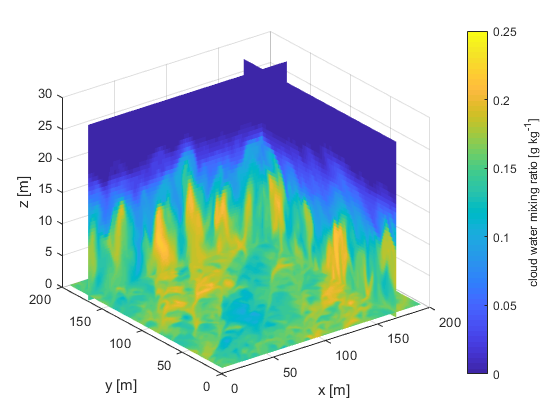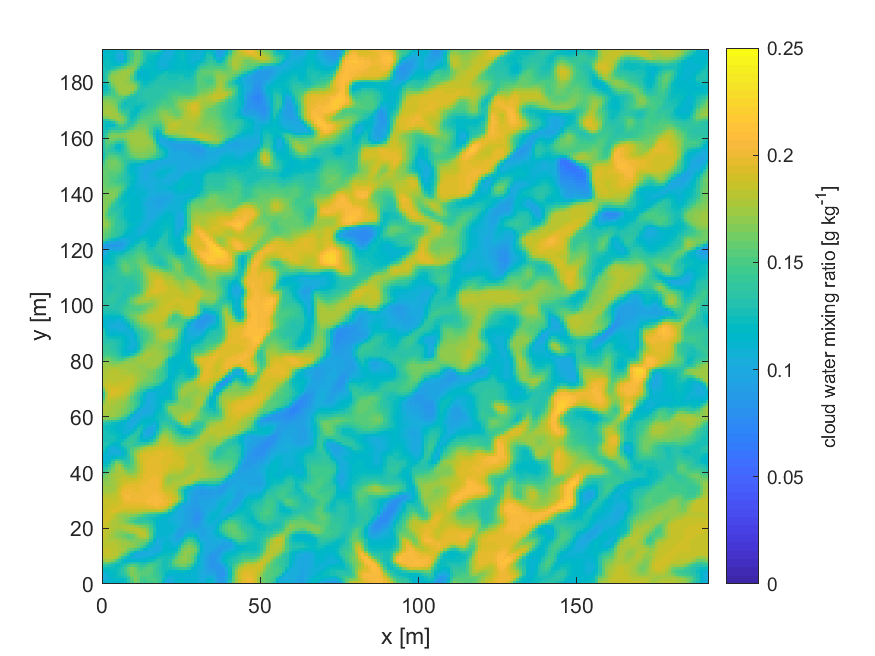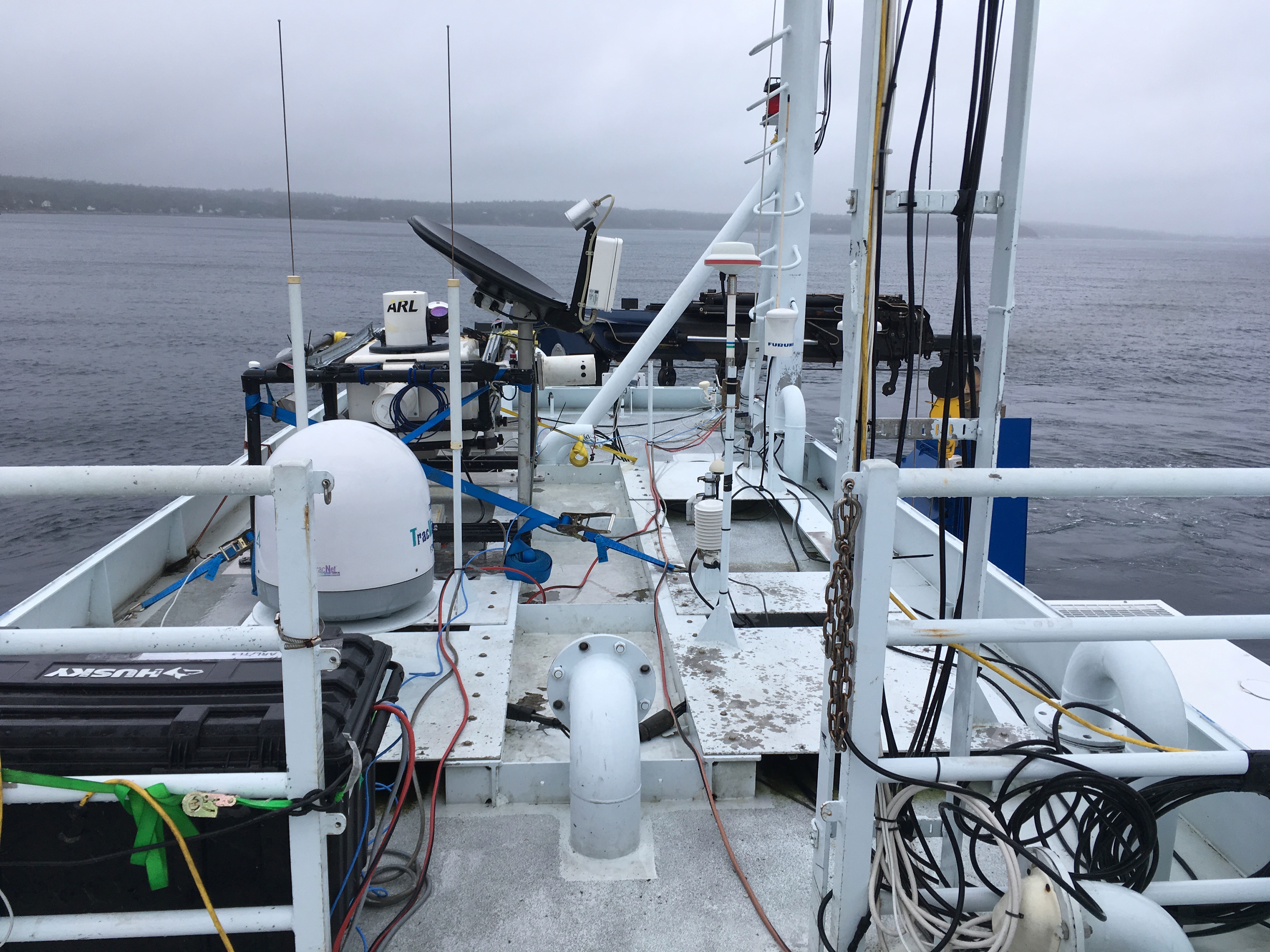



Description
Fog that occurs over the ocean and in coastal regions has significant adverse impacts on ground and air transportation as well as the propagation of electromagnetic waves in the atmosphere. Despite significant advances in numerical and weather prediction models in recent years, marine fog remains very difficult to accurately predict due to the complex interactions of thermodynamic, radiative, and microphysical processes that affect fog formation and the fog life cycle.
The coastal fog (C-FOG) project was a large collaboration aimed at improving the prediction of marine fog. The project included an extensive field campaign in autumn 2018 that collected meteorological and microphycial data during fog at several coastal sites in eastern Canada and from a concurrent research cruise in the Atlantic Ocean.
The FATIMA project is an international project which follows the C-FOG campaign, exploring fog and turbulence interactions in the marine atmosphere.
Our group is focused on performing detailed small-scale numerical simulations of marine fog to help us understand the physical processes that determine whether fog will form and how it will develop. We are comparing the results of these simulations to the field campaign data to evaluate the model performance. By understanding how different processes affect fog formation and maintenance, we aim to improve the parameterization of these processes in larger-scale models to improve forecasting of marine fog.
- Wainwright, C., R. Chang, and D. H. Richter (2021), Aerosol activation in radiation fog at the Atmospheric Radiation Program Southern Great Plains site, Journal of Geophysical Research: Atmospheres, 126, e2021JD035358
- Richter, D. H., T. MacMillan, and C. Wainwright (2021), A Lagrangian cloud model for the study of marine fog, Boundary-Layer Meteorology, 181, 523-542
- Wainwright, C. and D. H. Richter (2021), Investigating the sensitivity of marine fog to physical and microphysical processes using large-eddy simulation, Boundary-Layer Meteorology, 181, 473-498
- Fernando et al. (2021), C-FOG: Life of Coastal Fog, Bulletin of the American Meteorological Society, 102(2), E244-E272
- Also check out this presentation from the 2021 AMS Annual Meeting at the Air-Sea Interaction Conference:
For more information:
Project Aims
- Investigate the sensitivity of fog formation and the fog life cycle to different physical processes using large-eddy simulations
- Compare the simulation results to fog data collected during a field campaign to see where the model could be improved
- Test how background aerosol content affects coastal fog formation and characteristics